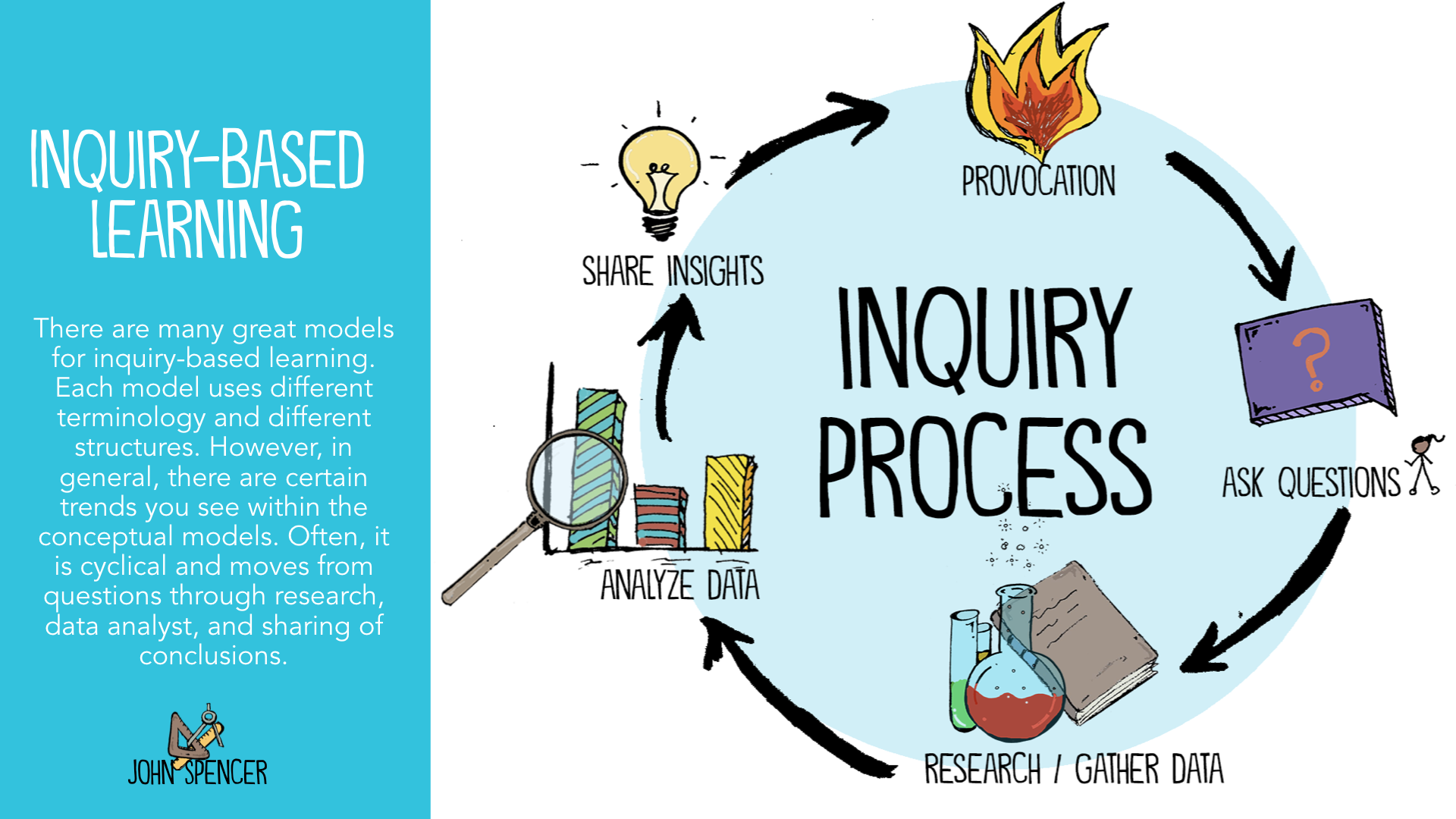
inquiry cycle John Spencer
5 Terrific Inquiry-Based Learning Examples — Future Focused Learning Learner Agency Air Pollution 101 | National Geographic Climate change • Climate change refers to long-term shifts in temperatures and weather patterns, mainly caused by human activities, especially the burning of fossil fuels. Watch on Fluids, Buoyancy, and Archimedes' Principle
Inquiry Based Learning Create Dream Explore
Inquiry-based learning (also spelled as enquiry-based learning in British English) [a] is a form of active learning that starts by posing questions, problems or scenarios. It contrasts with traditional education, which generally relies on the teacher presenting facts and their knowledge about the subject.

The 5 E’s of InquiryBased Learning
Pedagogy Teachers Guide to inquiry-based learning with examples April 25, 2023Will Sullivan What is inquiry-based learning? Inquiry-based learning focuses on student choice and curiosity. It is more than just research, it is engaged in investigation into interesting and authentic topics. The main element of inquiry is student choice.
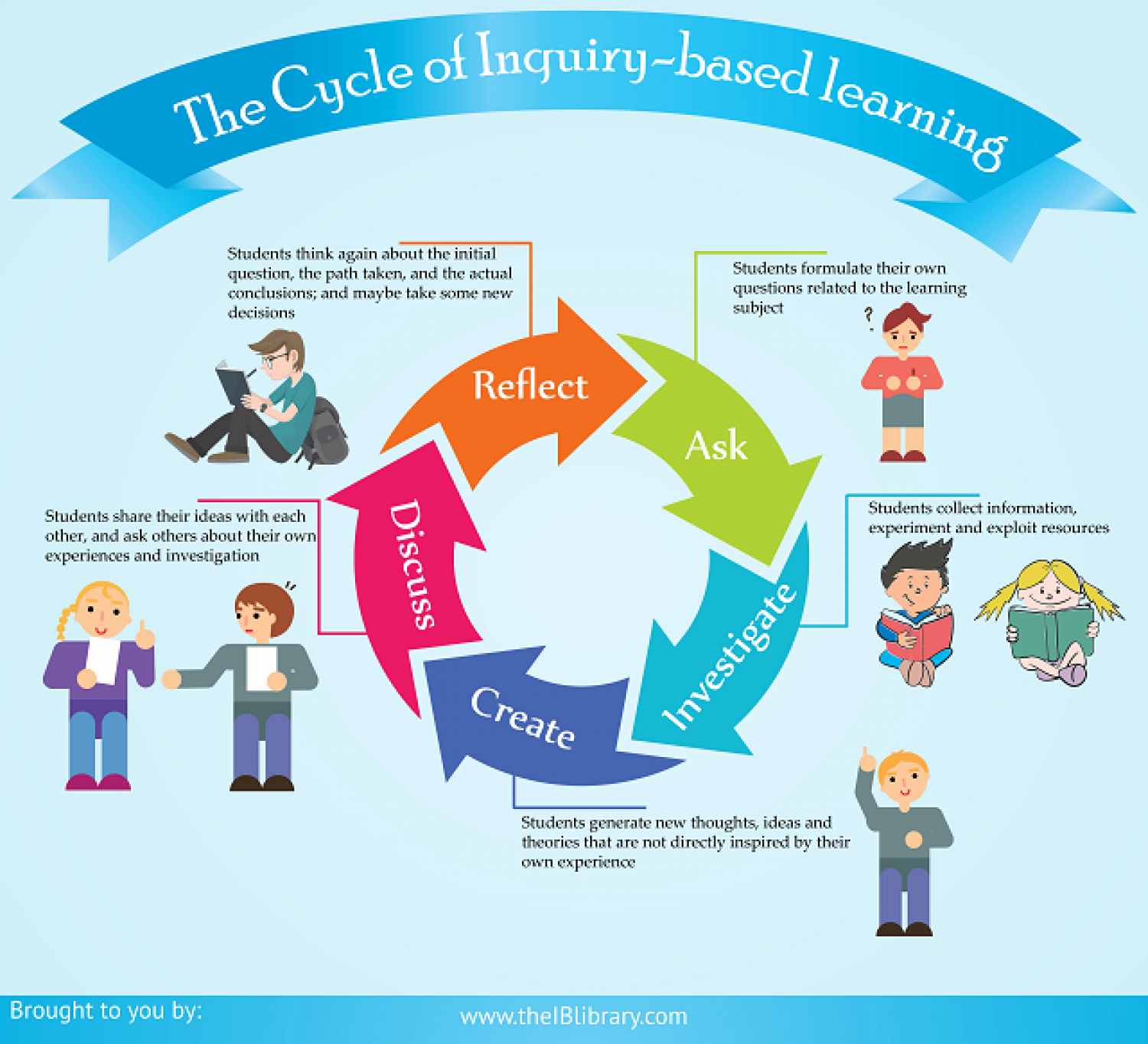
Inquiry Based Learning PNG Transparent Inquiry Based Learning.PNG Images. PlusPNG
In the shallow end of the Types of Student Inquiry pool, Structured Inquiry gives the teacher control of the essential question, the starting point—for example, "What defines a culture?" or "What is the importance of the scientific method?"
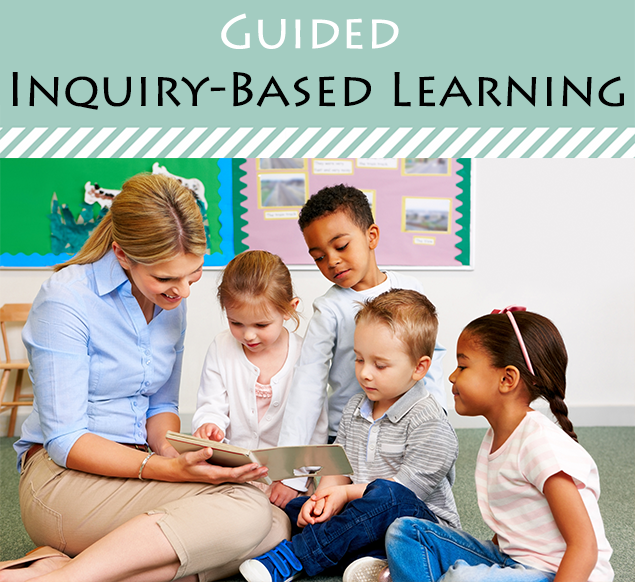
Why Use an InquiryBased Learning Model?
Each student can build upon their strengths. With an open-ended path, inquiry-based learning allows students to build upon their strengths, feel engaged, and take ownership of learning. As a teacher, get creative to add to the knowledge and skills they have, while assisting the student to reach their learning goals on a path that they can lead.
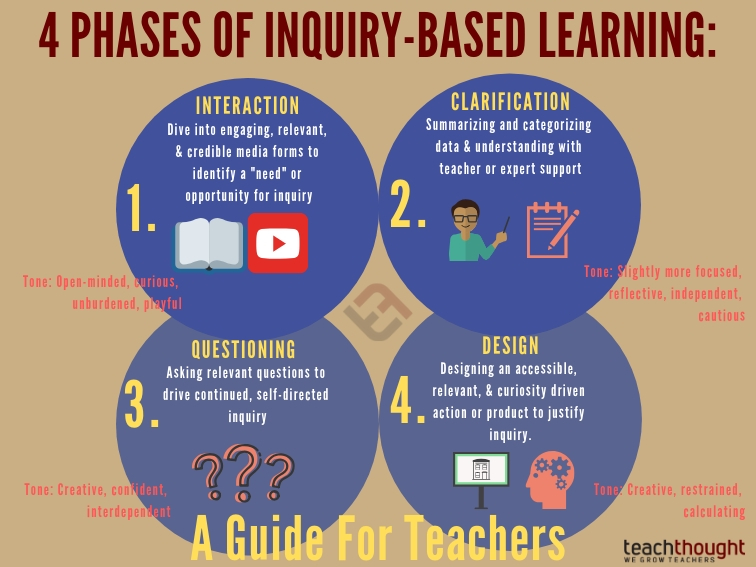
4 Phases of InquiryBased Learning A Guide For Teachers
Examples of inquiry-based learning include observational field trips, science experiments, and hypothesis-based research projects. This learning strategy is believed to increase students' level of engagement in the learning process.
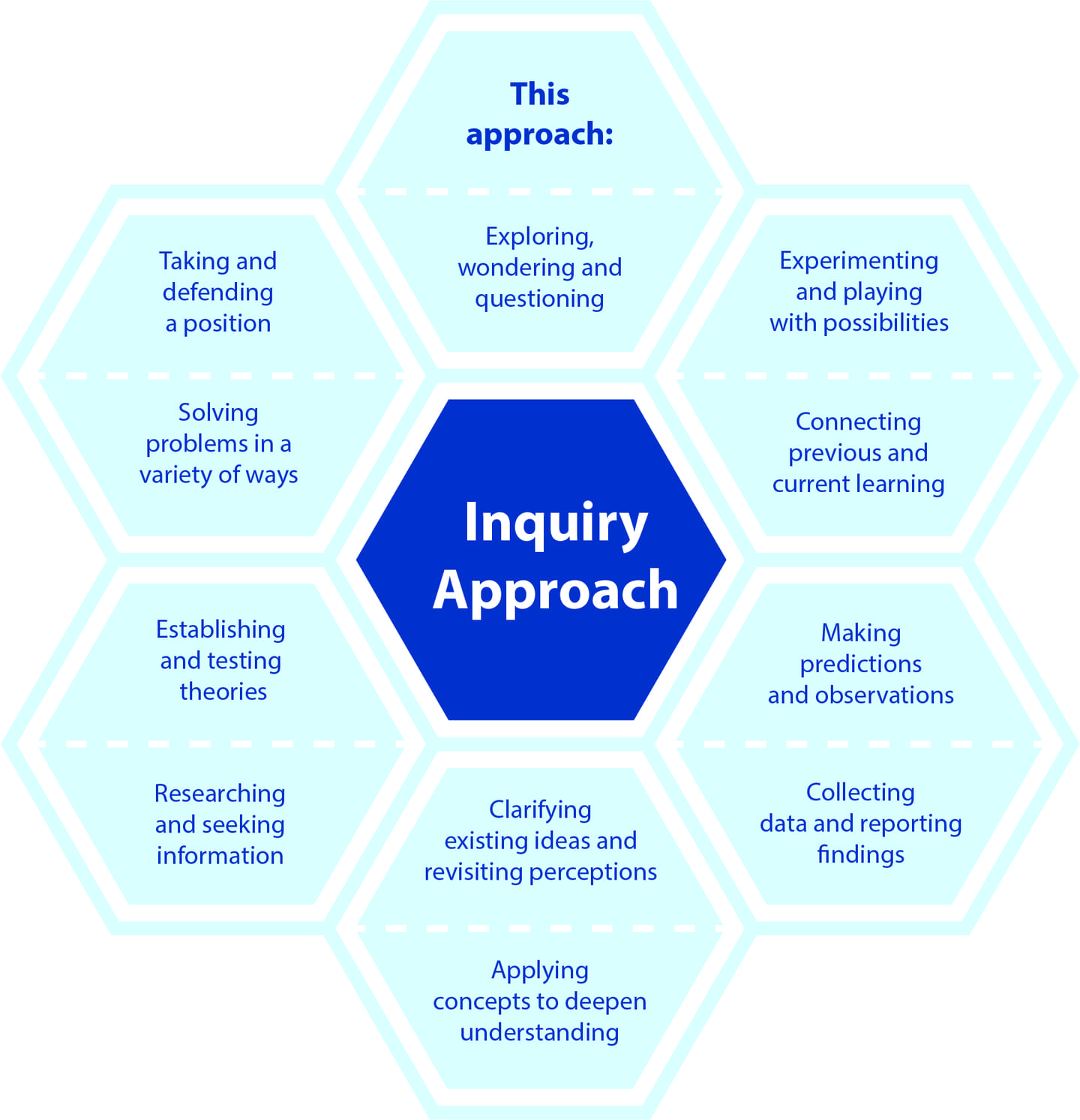
Inquiry McGraw Elementary
9 Powerful Inquiry Learning Examples to Use in the Classroom Inquiry-based learning is a teaching approach that focuses on student-generated questions, ideas, and observations, and uses these as an anchor for learning. Most teachers are familiar with inquiry-based learning; many of them have implemented it in their own classrooms.
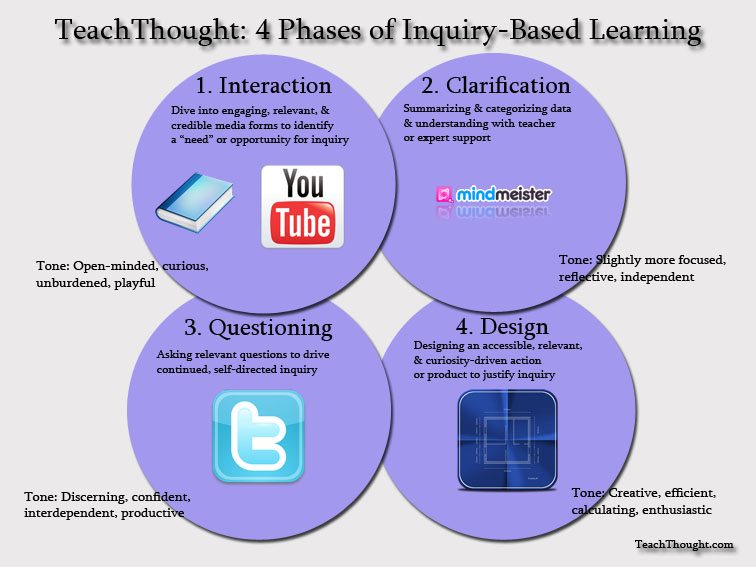
4 Phases of InquiryBased Learning A Guide For Teachers
Inquiry-based learning (IBL) is a learner-centred approach which starts with an essential question. Learners investigate the topic to find answers to the question, developing language and skills throughout the inquiry. The learner plays an active part in both their learning and the decision-making process.

Simple Inquiry Based Learning at Home Days With Grey
Essentially, inquiry-based learning is a natural way to learn a second language. It allows students much more control of their learning experience, while teachers help and guide them along. It encourages our children's natural curiosity and sense of wonder about the world around them. Find out who's on the shortlist for this year's ELTons.
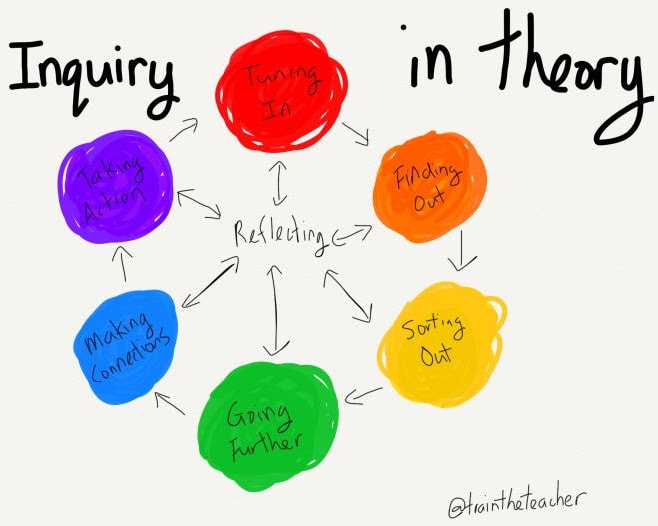
InquiryBased Learning THINKING PATHWAYS
Inquiry-Based Learning: An Approach to Educating and Inspiring Kids : Scan an in-depth inquiry-based learning guide for information on techniques and strategies for doing inquiry-based projects in any educational setting. (YouthLearn, 2016) Quality Instruction + Differentiation : Find out how to help students relate work to overarching questions.
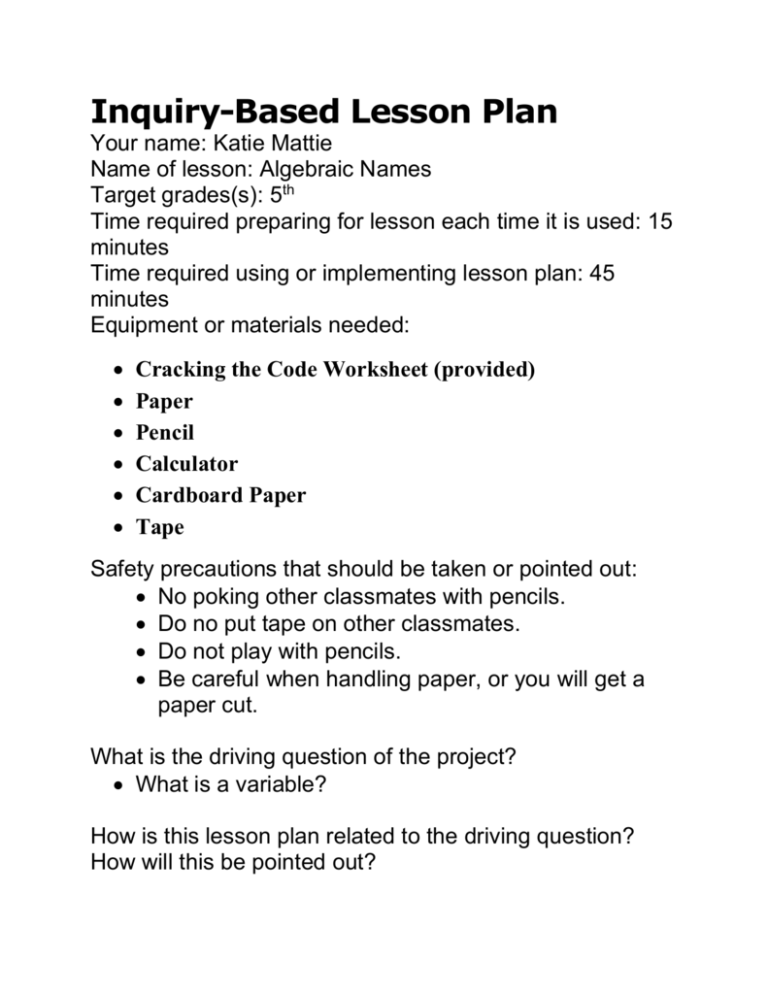
InquiryBased Lesson Plan
There are five phases to an inquiry based learning approach. The 5 phases are: Orientation - discovering the problem. Conceptualization - finding a research question. Investigation - collecting evidence and information. Conclusion - analyzing the evidence and making up your mind. Discussion - exploring the implications of your new.
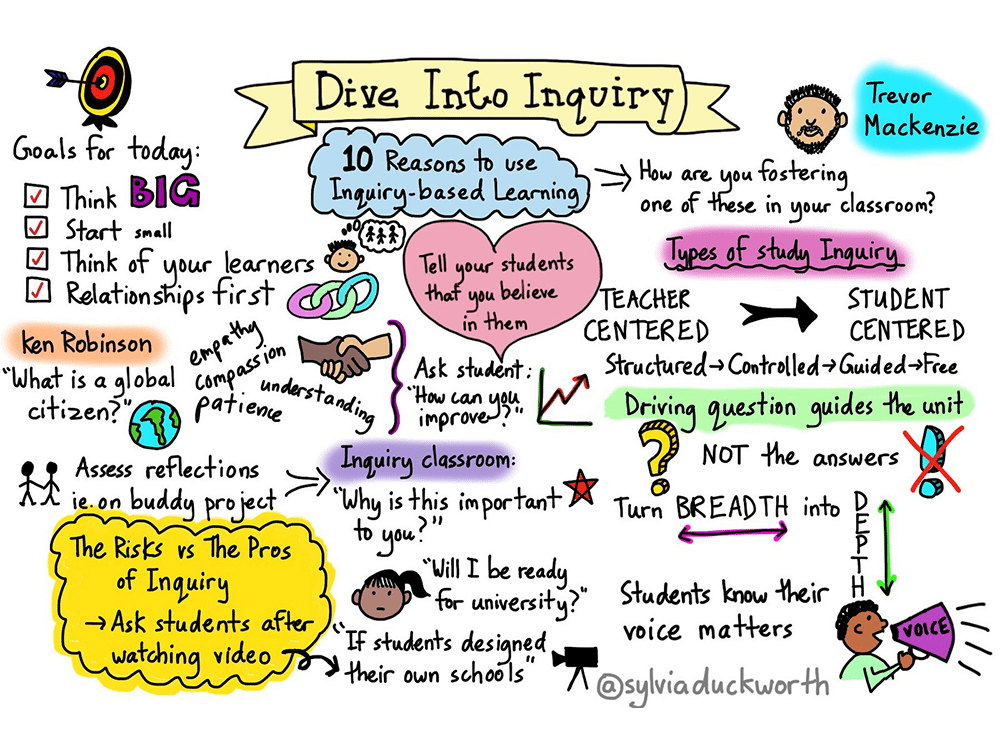
10 Reasons To Use InquiryBased Learning In Your Classroom
Inquiry-based learning, if front-loaded well, generates such excitement in students that neurons begin to fire, curiosity is triggered, and they can't wait to become experts in answering their own questions. What inquiry-based teachers do isn't easy at all; it's just hidden, and some people confuse the two.
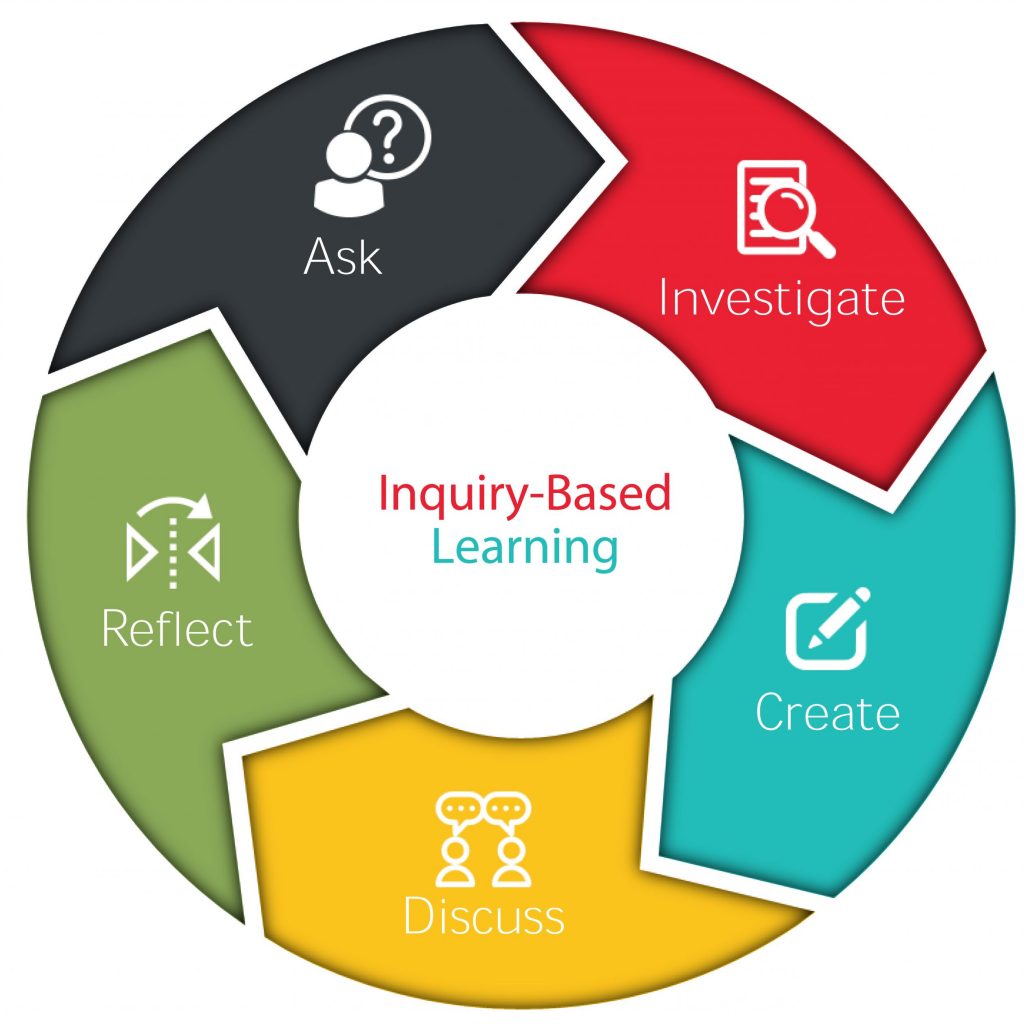
Our Approach Kids Stem Studio
Types, Benefits, Examples December 13, 2023 Dive in, What Is Inquiry-Based Learning? The 4 Types of Inquiry-Based Learning 7 Benefits of Inquiry-Based Learning 5 Inquiry-Based Learning Examples 5 Strategies and Tips for Implementing Inquiry-Based Learning 4 Models To Use In The Classroom Let's Wrap! Frequently Asked Questions (FAQs)

How To Use Inquiry Based Learning In The Classroom Mabry Torteropaid
Browse Thousands Of Lesson Resources - Maths, English, Science, Geography, History & More. Thousands Of Quality Teaching Resources In One Place To Save Time On Your Lesson Planning

Exploring InquiryBased Learning Studycat
What is it? Inquiry-based learning is an education approach that focuses on investigation and problem-solving. Inquiry-based learning is different from traditional approaches because it reverses the order of learning.
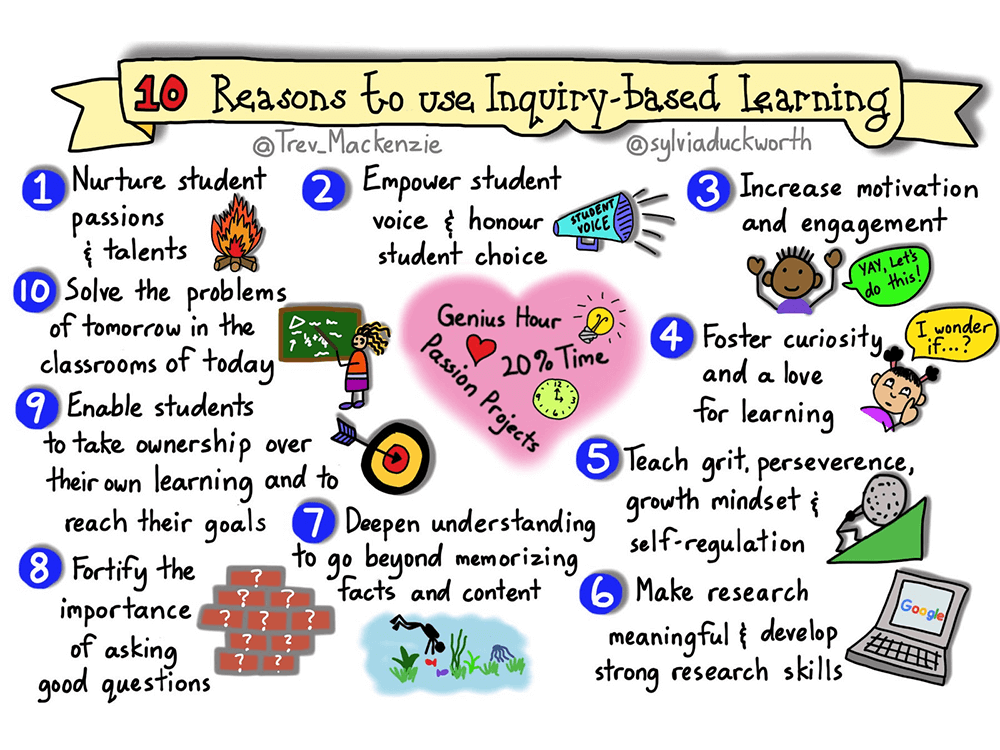
10 Benefits Of InquiryBased Learning TeachThought
Views What Is Inquiry-Based Learning? by TeachThought Staff Inquiry-based learning is an approach to learning guided by students through questions, research, and/or curiosity. An inquiry-based learning strategy is simply a way to facilitate inquiry during the learning process.